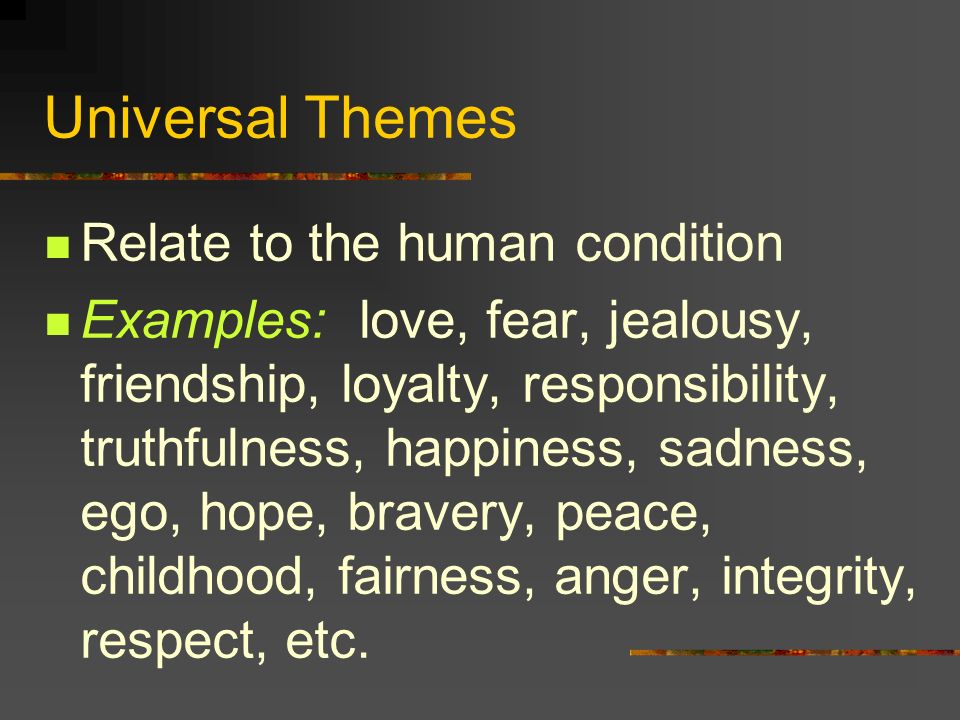February 4, 2020
Standards:
RL.11-12.4 Determine the meaning of words and phrases as they are used in the text; analyze the impact of specific word choices on meaning and tone, including words with multiple meanings or language that is particularly engaging.
RL.11-12.7 Analyze multiple interpretations of a story, drama, or poem, evaluating how each version interprets the source text.
Obj: I can determine the meaning of words and phrases as they are used in Hamlet and analyze the impact of specific word choices and how they depict the human condition.
Starter:
Practice your skit for your performance.
Vocabulary:
Word: Oxymoron
Part of Speech: Noun
Dictionary Definition: a figure of speech in which apparently contradictory terms appear in conjunction (e.g. faith unfaithful kept him falsely true ).
Your Definition:
Activity: Create or find another example of an oxymoron.

Activity
1. Skits
Once you act out your skit, answer the reflection question with your group.
For each skit, try to identify one of their two examples of figurative language.
2. Hamlet 1.4-1.5
Characters
Hamlet
Horatio
Marcellus
Ghost
Discussion Questions
Interpret what the ghost tells Hamlet.
Support whether or not the ghost has good intentions.
At the end of Act One, determine if you believe the ghost is real or make believe.
Infer what Hamlet's mental state is based on the way he speaks and the language he uses.
How does figurative language enhance the meaning?
3. Royal Shakespeare Company
We will watch the next fifteen minutes.
What is similar and different from the original text?
4. TPEQEA
Respond to the following prompt based on ideas in act one of Hamlet.
Analyze and explain an aspect of the human condition revealed through any of the characters in Hamlet.
Your quote should be an example of figurative language that connects to the big idea.

Closure
Create another entry in your reading log.
Remember you need three for each.
No comments:
Post a Comment